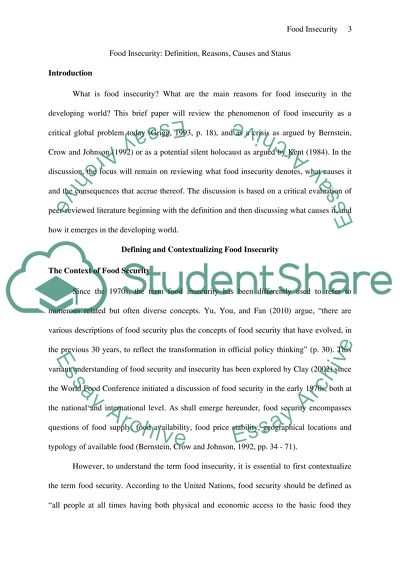Cite this document
(“Food Insecurity. Definition, Reasons, Causes and Status Essay”, n.d.)
Retrieved from https://studentshare.org/agriculture/1495583-what-is-food-insecurity-what-are-the-main-reasons
Retrieved from https://studentshare.org/agriculture/1495583-what-is-food-insecurity-what-are-the-main-reasons
(Food Insecurity. Definition, Reasons, Causes and Status Essay)
https://studentshare.org/agriculture/1495583-what-is-food-insecurity-what-are-the-main-reasons.
https://studentshare.org/agriculture/1495583-what-is-food-insecurity-what-are-the-main-reasons.
“Food Insecurity. Definition, Reasons, Causes and Status Essay”, n.d. https://studentshare.org/agriculture/1495583-what-is-food-insecurity-what-are-the-main-reasons.


